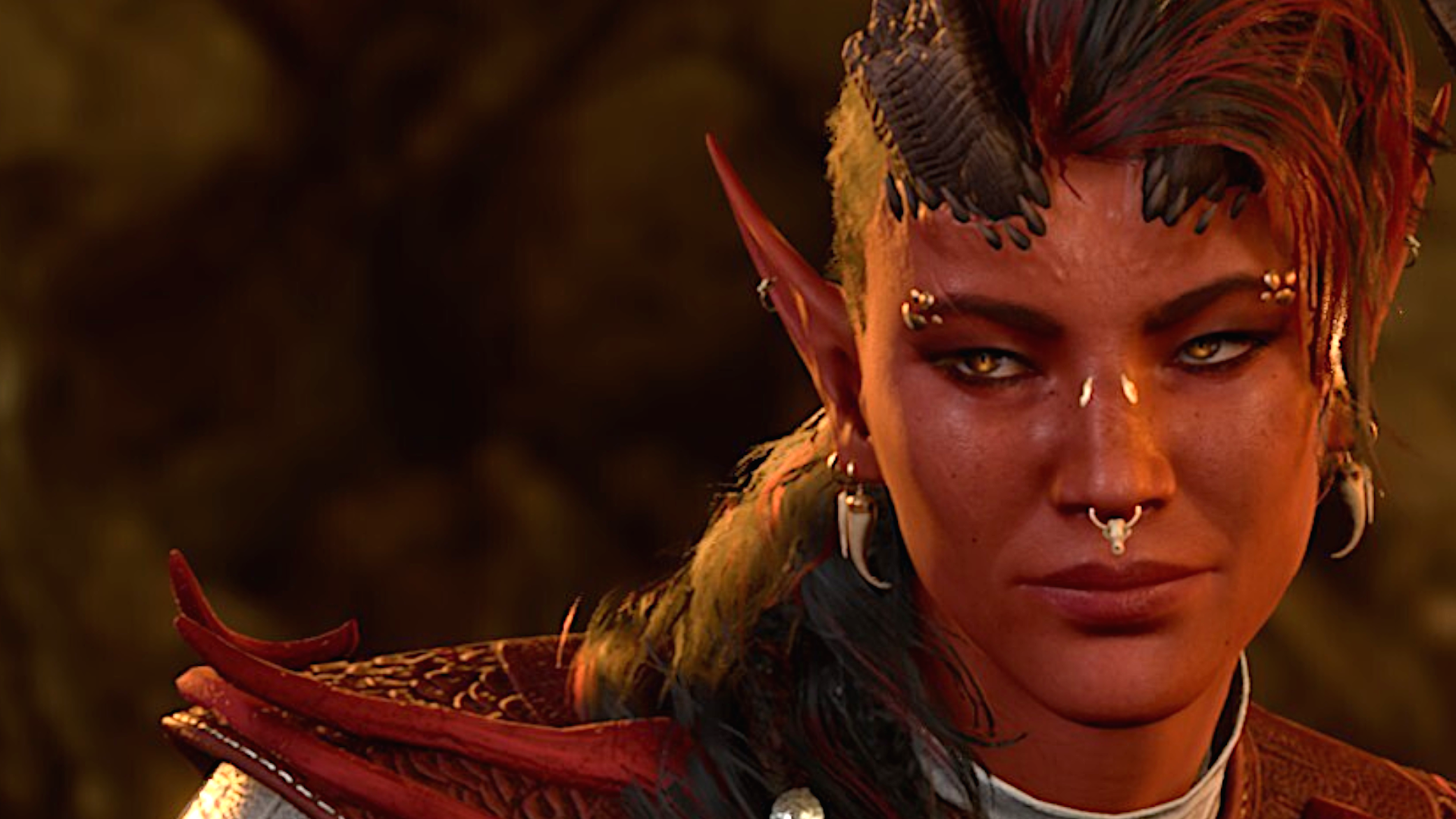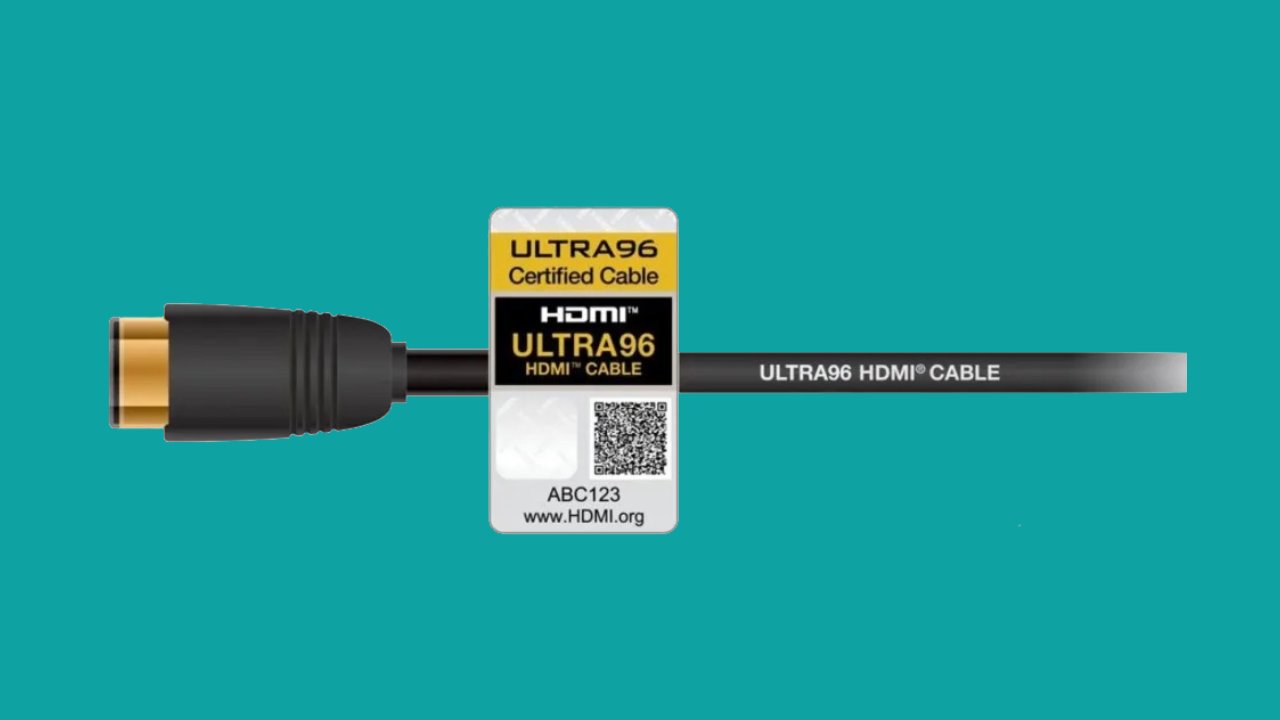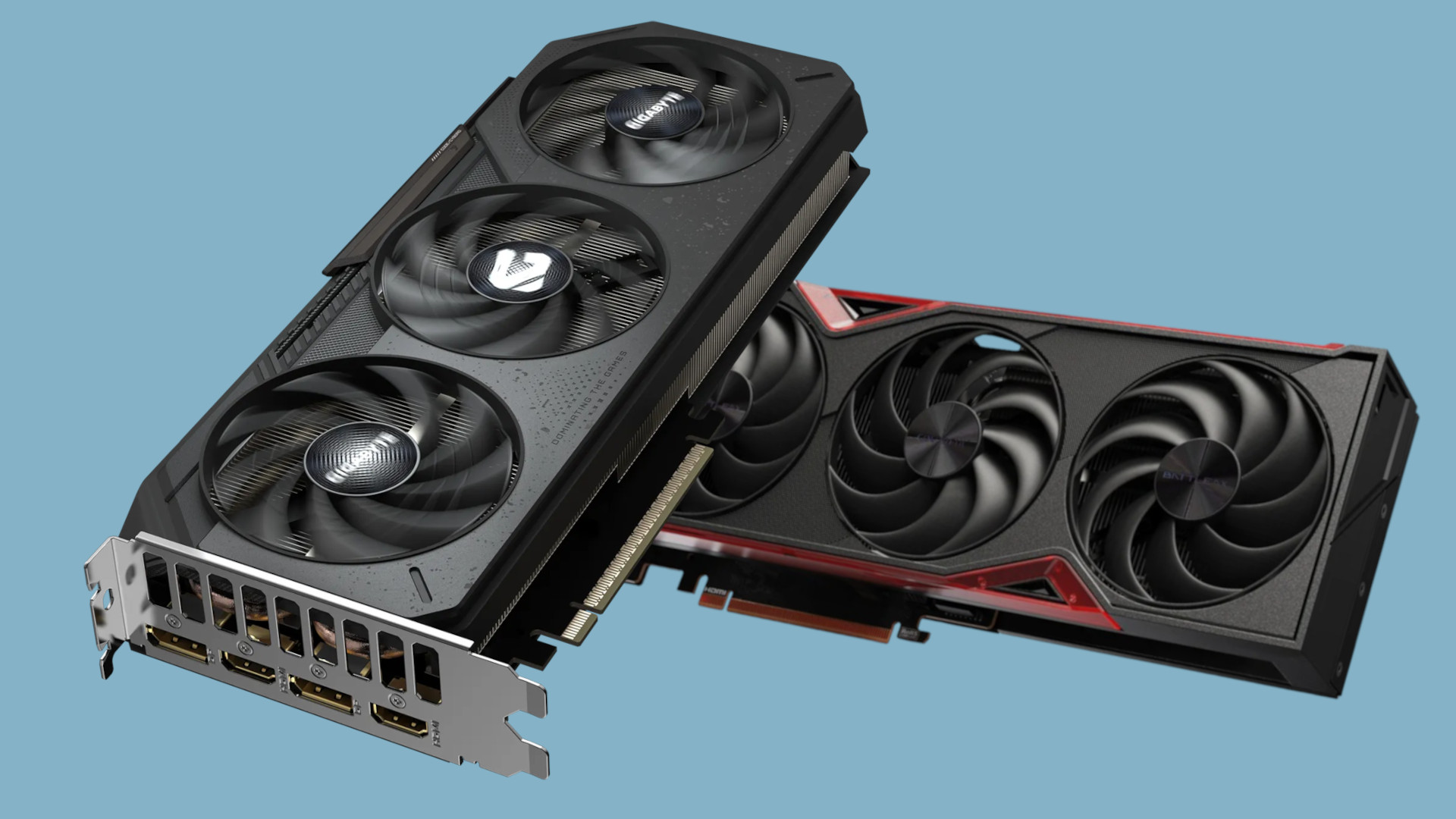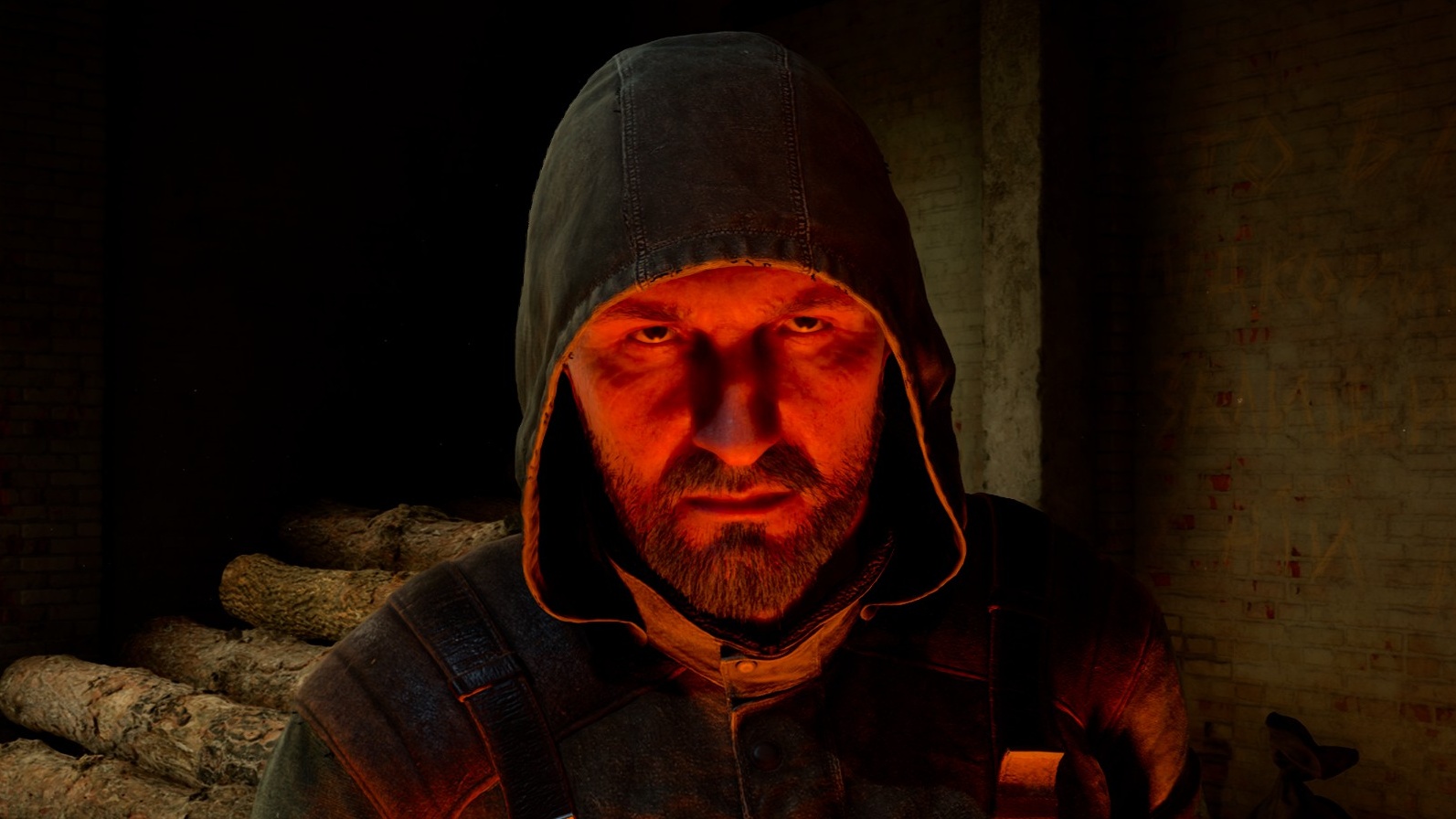
I feel like I’m the kind of person Starfield was made for. I loved Bethesda’s last single-player RPG, Fallout 4 (maybe a bit too much), and there’s nothing I like more than a sci-fi universe with spaceships, lasers, and political intrigue flying every which way. And yet, a dozen hours into Starfield, I was feeling lost in space. Things never went too far off course while I was flying my rinkydink little ship around chasing down mysterious artifacts and war criminals with a damn fine crew of companions at my side, but man did Starfield make me work hard to get through that opening stretch. Even when it mostly righted the ship and I was loving the story, sidequests, and launching boarding parties on enemy ships, there were still too many problems that constantly popped up, forcing me to curb my excitement. It’s a bit like Starfield’s own elaborate shipbuilder tool: even though you can slap a bunch of high-end parts together and it will technically fly, sometimes it’s just not the best fit.
I would expect no less: Bethesda has built out a sprawling universe with detailed lore in which humanity has left Earth behind and colonized the galaxy, but hasn’t made first contact with sentient aliens as of the 24th century. It’s chock-full of backstory about wars between its three major factions, run-ins with mysterious space deathclaws called terrormorphs, pirates, and an immense amount more. I wouldn’t call a lot of it especially distinctive – it’s a setting that’s reminiscent of The Expanse, Firefly, and Starship Troopers, full of references to every sci-fi movie from Aliens to Blade Runner, and of course Interstellar. There’s even a fair bit of Indiana Jones influence as it sends you on a treasure hunt to collect mysterious artifacts. In fact, there’s a significant similarity to what Obsidian created for 2019’s The Outer Worlds. But it’s so densely packed in, with more stories around every corner, that I found it easy to get invested in it – once I learned the difference between the United Colonies and the Freestar Collective.
Creating your character is a matter of picking a background story for them that comes with a set of skills and traits, as well as up to three modifiers. It’s always a bit tough to choose this on your first playthrough, since you don’t really know what you’re getting into and there’s no respecing allowed, but none of them is dramatic enough to really hinder you. Some – like the one where your parents are alive and well (if you don’t pick this they just never come up), or the one where a crazed fan follows you around – sound like they’ll be fun to experiment with later, which adds a sense of replayability.
After that, while everyone starts out in the same mining camp and touches the same space magic that sets off a trippy 2001: A Space Odyssey-style vision, Starfield is an immense game that will send you off in all kinds of different directions once it hands you the keys to your first spaceship. It’s to the point where talking to others who played alongside me left us all bewildered and asking questions like:
“Wait, what do you mean you don’t know who the Vanguard are?”
“How did you not meet this person?”
“How are you crafting those weapon mods already?”
“Wow, you didn’t unlock [REDACTED] until level 20?”
“What the heck even is a Va’Ruun?”
“You met who in a bar?”
“Where did you find that ship?”
If you’re not sticking strictly to one questline and just take missions as they pop up (sometimes you get them simply by walking past NPCs as they chat), you can easily fall down all sorts of wormholes into extended chains of missions that take you on adventures that rival Skyrim’s in scope. Even after about 70 hours there are major questlines I haven’t even touched, and others I barely began. I’m eager to go back and finish a lot of those up now that I’ve completed the main story.
Even after about 70 hours there are major questlines I haven’t even touched.
In typical Bethesda fashion, that main quest isn’t terribly flexible in how you resolve the situations it thrusts you into. Your options here are, for the most part, about picking whether you want to be a boy scout for whom a good deed is its own reward, a wise-cracking mercenary who asks to be rewarded after doing a good deed, or an all-business mercenary who demands to be paid up front to do the good deed. There are a few choices you can make that affect who lives and who dies, and there’s a decision at the end about which philosophy to embrace heading into the final battle, but most of it is going to play out the same way because, no matter what, your goal is to solve the mystery of the artifacts alongside your secret society of explorers known as Constellation. I won’t say much about where the plot goes because there’s a lot that can easily be spoiled, but I did enjoy the way it probes its biggest concepts – even those we’ve seen plenty of times before – in distinctive ways, and there’s plenty of well-written discussion about what it all means.
It’s in the side quests that you really get to act out your character’s morals: I happened across a dispute between a ship full of colonists and an obnoxious resort planet and had options that included peacefully resolving the conflict (which involves a clever technobabble puzzle) or stealthily sabotaging the ship and blowing up the colonists. There’s a storyline that felt very Boys from Brazil-inspired, as well as numerous related quests about hunting down war criminals and banned technology that pose ethical quandaries to reconcile. You can join up with the Crimson Fleet pirates and dive into a life of smuggling and general space crime, or take up the mantle of a legendary pirate hunter.
Watch: Dan joins Ryan McCaffrey, Kahlief Adams, and Taylor Lyles for IGN’s Unlocked podcast to talk through what we’re loving and… not loving so much about Starfield so far.
There’s no shortage of interesting companion characters to hang out with throughout all of this either. I never felt like my Constellation teammates were wasting my time when they asked to chat, since they always had something to share about their background or a quest they wanted me to help them with. There’s definitely a focus on Sarah, the virtuous leader of Constellation, and Sam, a former lawman with a young daughter in tow who he lives in fear of letting down. However, I was richly rewarded for taking the slightly more eccentric scientist Barrett along with me on some missions, and I suspect the others hold a few surprises up their sleeves as well – likely even the ones you hire out of bars when respectable folks like Sam bail on you for picking too many pockets or hijacking too many ships. But you can only take one person with you at a time, so I have more exploration to do here.
Starfield’s problems are glaring.
It helps that Bethesda has certainly upped its facial animation game for Starfield. Granted, it’s nowhere near as precise and lifelike as motion-captured performances we’ve seen in The Last of Us and God of War, but it’s on par with other big RPGs where you interact with hundreds of NPCs for dozens of hours, like Baldur’s Gate 3. Character models are generally expressive enough that they can do justice to the excellent voice performances.
Starfield’s problems, though, are glaring – some of which in ways that are inherently different from Bethesda’s other games. I have to say that the early hours are pretty rough going, and there was a while where I was wondering if the stars would ever align. So this review is going to go through that rough patch, too, as I lay this out. But bear with me – just like Starfield itself, it does get better by the end.
The biggest fundamental contradiction within Starfield’s design is that while this is a galaxy-spanning adventure with literally hundreds of worlds you can land on and explore, it can feel extremely small when each of them is separated by little more than a (thankfully) brief loading screen. The first few times I set out I really got into it: I’d enter my ship, climb to the cockpit, strap myself in, then watch the cool animation as my ship blasted into orbit. Then I’d open the nav screen, select a star and a planet to set my course, and grav-jump to my destination before selecting a landing spot and watching my ship set down in a blaze of retro thrusters and dust. But then I realized that, in many circumstances, I could bypass most of that procedure by just going to the map screen and jumping to another planet without even setting foot on my ship. Put another way, while you can walk across an Elder Scrolls or Fallout world without ever fast-traveling, in Starfield you can’t go anywhere without fast-traveling.
In Starfield, you can’t go anywhere without fast-traveling.
A mission might send you to the other side of the vast starmap, but the actual travel time between systems is always the same (and the poorly explained fuel system, which is actually just your range, isn’t much of a limitation). When I discovered that so much of space flight is effectively a series of non-interactive cutscenes, it largely shattered the illusion of exploring a vast universe. It’s impossible not to compare Starfield to the way you freely enter and exit planets’ atmosphere in No Man’s Sky, so it’s a bit of a letdown every time you see a planet and remember it’s just a picture of a planet you’ll never be able to reach by flying toward it. It’s something that happens a lot.
What We Said About Fallout 4
The world, exploration, crafting, atmosphere, and story of Fallout 4 are all key parts of this hugely successful sandbox role-playing game. Great new reasons to obsessively gather and hoard relics of happier times, strong companions, and sympathetic villains driving tough decisions make it an adventure I’ll definitely replay and revisit. Even the technical shakiness that crops up here and there can’t even begin to slow down its momentum. – Dan Stapleton, November 9, 2015
Score: 9.5
Read the full Fallout 4 review
The next nuisance that irritated me no matter where in the Settled Systems I roamed is the fact that there are no actual maps – mini or otherwise – to refer to when you’re on foot. All you get is an extremely low-detail display showing you large points of interest – such as the many abandoned research and mining posts where raiders and robots wait for you to shoot and loot them – and the large swaths of alien wasteland and wilderness that separates them. Within a city, there’s nothing to guide you around beyond shop signs and text-only directories that tell you what stores are located in which district, but not where they actually are.
My guess is this was a choice made to mitigate the fast-travel problem.
My guess is that this was a deliberate choice Bethesda made to mitigate the fast-travel problem, where we’re just zipping through the universe without stopping to appreciate the detail and thought that went into creating dramatically different cities like the gleaming capital of New Atlantis, the frontier settlement of Akila, and the dingey cyberpunk metropolis of Neon, among others. And these places are fascinating to look at. The reality, though, is that this isn’t even how we get around the real world today – not since the iPhone rolled out in 2007 – so it’s exasperating to be in the year 2330 with no comparable navigation tools. I spent way too much time running in circles searching for basic things like vendors to sell my loot to while I tried to memorize the layouts of multiple settlements, annoyed that if I were playing after launch I could’ve just checked IGN’s guides for their locations. The tradeoff in immersion just doesn’t seem worth it.
The third ever-present annoyance is, fortunately, one that stands out as something that can be fixed without a major overhaul. Like Bethesda’s previous RPGs, Starfield is a game that is roughly 30% inventory management… and yet it is shockingly bad at that task. To avoid becoming overloaded you’ll constantly need to transfer the weapons, space suits, materials, and alien goo you’ve collected between your inventory and your companion’s, or to and from your ship’s cargo hold, but maddeningly you can’t view the contents and capacities of both the giving and receiving container at the same time. You’re just blindly dumping things out of one until you get a message saying the other is full. All the while, much of the screen is wasted on an overly large image of an item. It’s a bizarre and aggravating step backward from Fallout 4, and the kind of thing I expect modders to remedy within a week of launch.
Those problems never got better during my playthrough – I just learned to live with them. The hump that I did get over, though, is that Starfield just doesn’t tell you enough about how its huge collection of systems work, and it trickles out the cool stuff too slowly. Out of the gate you can’t mod your equipment, you can’t use your spacesuit’s boost pack (which is super useful and fun, especially in low gravity, and I can’t imagine not having it for an entire playthrough), and you can barely use stealth or board enemy ships at all. You have to put a skill point, of which you only get one per level, into those to unlock them.
And yet from the start you can build outposts that are a lot like Fallout 4’s settlements and can extract resources for you, but Starfield doesn’t tell you that you probably shouldn’t bother for a long while. Early on you don’t need huge quantities of a single resource, so it’s largely a waste of time until you’ve climbed to the higher ranks of the crafting skill trees.
You probably don’t want to go out of your way to mass produce anything early on, because storage space on the first tier of ships is obnoxiously small for the amount of loot you gather (and there are an incredible amount of minerals and materials that seemed like I’d be kicking myself later for not bringing with me). I resorted to silly workarounds like simply throwing junk on the floor of my ship like a space hoarder, which somehow doesn’t count toward your storage space.
It’s also worth noting that the worlds you explore are generally visually different (with varying levels of gravity) but fairly barren and lifeless. You’d expect that from planets that’re mostly uninhabitable and untouched by intelligent beings, but that doesn’t make them a lot more fun to run around; outside of a handful of scattered outposts all there is to do is scan rocks or zap them with a mining laser, or sometimes scan and maybe shoot alien wildlife. It’s a far cry from Bethesda’s previous games, where you generally couldn’t swing a dead mudcrab without hitting something interesting.
You’d expect that from planets that’re mostly uninhabitable, but that doesn’t make them a lot more fun.
There’s one part of the main quest that’s pretty repetitive, too. You’re sent to investigate a series of ancient structures, and it’s annoying that what you do inside each one is completely identical. The rewards are different and enticing enough for me to want to chase them all down, at least, but after the first few I couldn’t help but wish that Bethesda’s designers had taken some inspiration from Breath of the Wild when it came to creating different puzzles for each one.
It wasn’t until a dozen or so hours in that I unlocked enough upgrades that things started to gel for me. Starfield is absolutely one of those games that takes way too long to get to the good part. But the fact that it eventually did get its claws into me forced me to jettison all of the “More like Starfailed!” jokes I’d been workshopping into space and focus more on what this sci-fi epic gets right – or at least, does well enough.
Filed under “does well enough” is combat, which is the thing you’ll likely solve most problems with unless you’re extremely dedicated to the idea of talking or sneaking your way past most encounters with hostile pirates, robots, wildlife, and anything else that looks at you funny. It’s not bad, and it’s kept me happily plinking away with my tricked-out laser rifles and shotguns, but not especially good, either. Without anything new and exciting to fill the void left by Fallout’s distinctive VATS system, gunplay is left feeling largely unmemorable. Even when you unlock some late-game abilities it’s still pretty straightforward.
Without anything to fill the void left by Fallout’s VATS, gunplay is left feeling largely unmemorable.
To their credit, enemies do react in amusing ways when shot in their heads, legs, or arms, and they will sometimes flee when you’ve killed off their friends. This definitely isn’t the first game in which I’ve seen a soldier panic just before his jetpack explodes, but that never really gets old. By and large, though, these feel like they could be bad guys from Far Cry or Borderlands or any number of other RPG/shooter hybrids. I was especially disappointed by the more powerful enemies you run into in the latter half of the story; oftentimes they simply stand there shooting at me while I empty my shotgun into their faces and stagger or otherwise disable them, ending those supposedly big fights just as they began.
Combat is also kept interesting by the loot: the modifiers on epic and legendary weapons and gear have some fun stuff going on. I found a rifle that weighed just 0.14 kilograms instead of three or four, and one that does more damage as my health decreases and makes enemies more likely to drop med packs. I found a spacesuit that has a 10% chance to set nearby attackers on fire and made me invisible when I crouched and held still. Some weapons do more damage in space and less on the ground; some boostpacks give you significantly reduced oxygen (stamina) consumption. These are modifiers that aren’t afraid to be dramatic enough to be game-changers that you’d build your character around.
The other side of combat is ship-to-ship battles, which are also fairly simple as space dogfighting games go. Even so, it’s entertaining enough to blast away at pirates (or to become one yourself) and watch the resulting explosions tear ships into pieces. There’s some basic power management where you can divert energy between your weapons systems, engines, and shields, but I never really felt the need to fiddle with that in combat because most ships I bought or found had enough power to go around if I wasn’t powering my grav drive (and there’s little reason to in a fight until you decide to make a run for it). Unlike the classic X-Wing games there are no shield facings to adjust, so it’s mostly just light and arcadey blasting. It’s also somewhat disappointing that the in-cockpit displays don’t actually function – your only radar is directional indicators on the edges of your screen.
Some of the best moments in my Starfield playthrough have happened during these raids.
The closest thing to VATS you get in Starfield is in space combat. When you spend a skill point on target locking, it zooms in the view and lets you select one of the enemy’s systems to pelt with lasers, ballistic guns, and missiles. (This is another one of those skills where it’s a little crazy that it isn’t unlocked by default.) Disabling a ship’s weapons is a great way to even the odds when you’re being ganged up on by three or four pirates and don’t have time to fully destroy one, but even better is that when you take out their engines it leaves them vulnerable to being boarded. Some of the best moments in my Starfield playthrough have happened during these raids as I went room by room mopping up enemies (sometimes with the gravity on the fritz and corpses floating by like in Star Trek VI) until I reached the bridge, gunned down the captain, and sat in their chair to seize their ship and its cargo for myself. I didn’t turn to the enticingly profitable smuggling and piracy during my traditional “good guy” first playthrough, but I can certainly see the appeal of that style of play being more than worth the bounties you’d incur and the companions you’d alienate.
Another highlight of Starfield is the sheer variety of spaceships flying through the Settled Systems, and the fact that they’re so modular and customizable made me wish I’d put more points into starship design so that I could mess with it more and learn the somewhat complicated rules of how to snap the pieces together to form a spaceworthy vessel. It really is wonderful to see your ship on the landing pad so that you can appreciate the scale of it before getting behind the controls. Alas, there is no ability to respec your skills, and by the time I realized the major investment I’d need to fully unlock shipbuilding it was too late for this run.
For all the criticism I have with the stinginess of the skill system, especially in the early hours, it does deserve credit for its clever hybridizing of traditional RPG skill unlocks and The Elder Scrolls’ system of increasing your skills as you use them. Every time you level up a skill you unlock a challenge, which might be as simple as killing X enemies with laser weapons or as situational as using your boost pack X times during combat, and this has to be completed before you can spend another point to level the skill up again. That’s a noticeable bit of progression that pops up between levels, and adds to the roleplaying feeling that my character has actually honed this skill instead of magically mastering it.
Finally, I have to make a special mention of the lockpicking minigame, which is a simple but satisfying challenge that makes you visualize how several pieces fit together to fill holes. This may be the best unlocking minigame I’ve ever seen in an RPG, and I put more skill points into it than I probably needed to just to gain access to more challenging locks. It’s nice to see one of these that’s rewarding to do rather than a chore that must be endured to earn a reward.
Are there bugs? Of course there are. Playing primarily on PC (with an RTX 3080 on high settings) I’ve seen a fair amount of model and texture pop-in, occasional crashes, performance slowdowns (mostly during autosaving), wonky waypoints, clipping issues, wrong camera angles during conversations, etc. Though I have to say it’s been fairly stable for a big RPG – I never had a quest I couldn’t finish, for instance. Your results will vary; with a game this complex they always do. On Xbox, our staff has seen a few dips in the Series X’s 30fps target, but nothing egregious; a couple of people had save files become corrupted, but there were always more autosaves to fall back on so it wasn’t a disaster.






